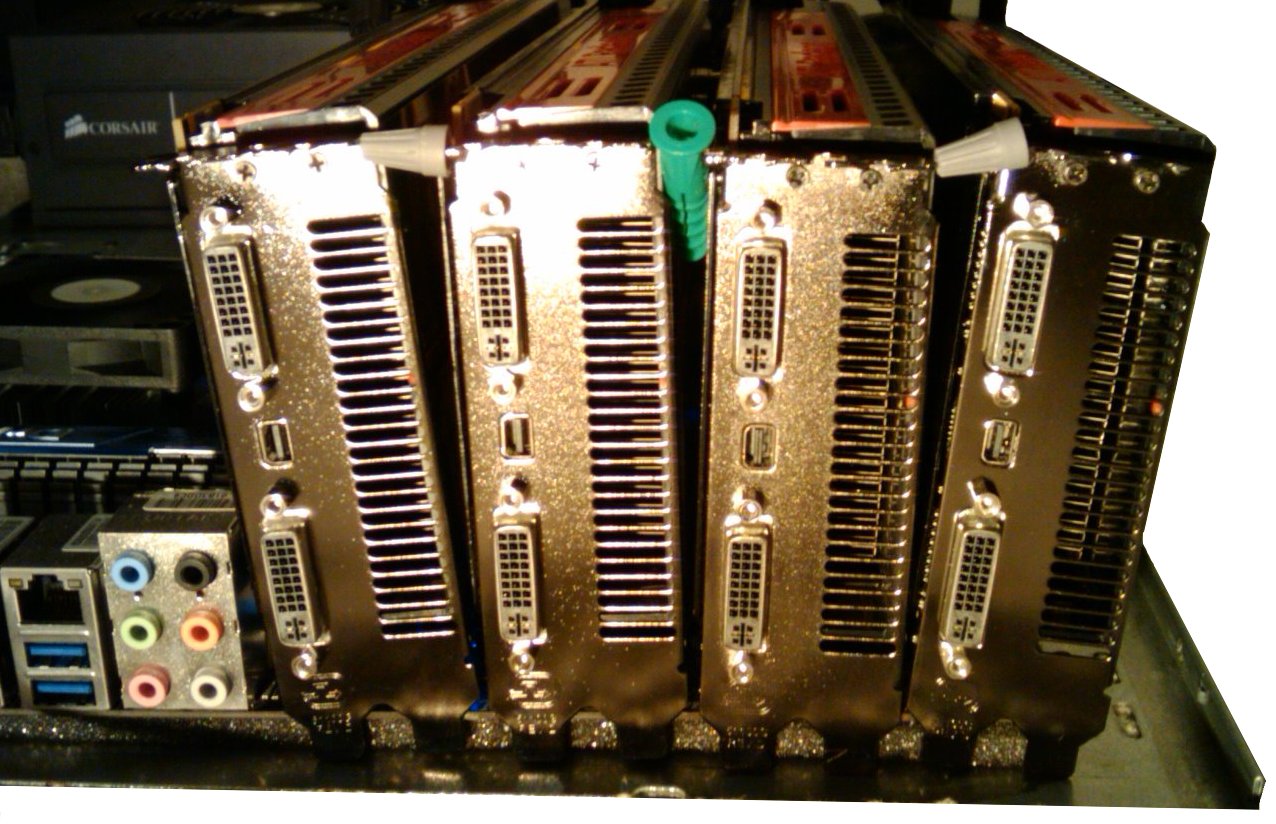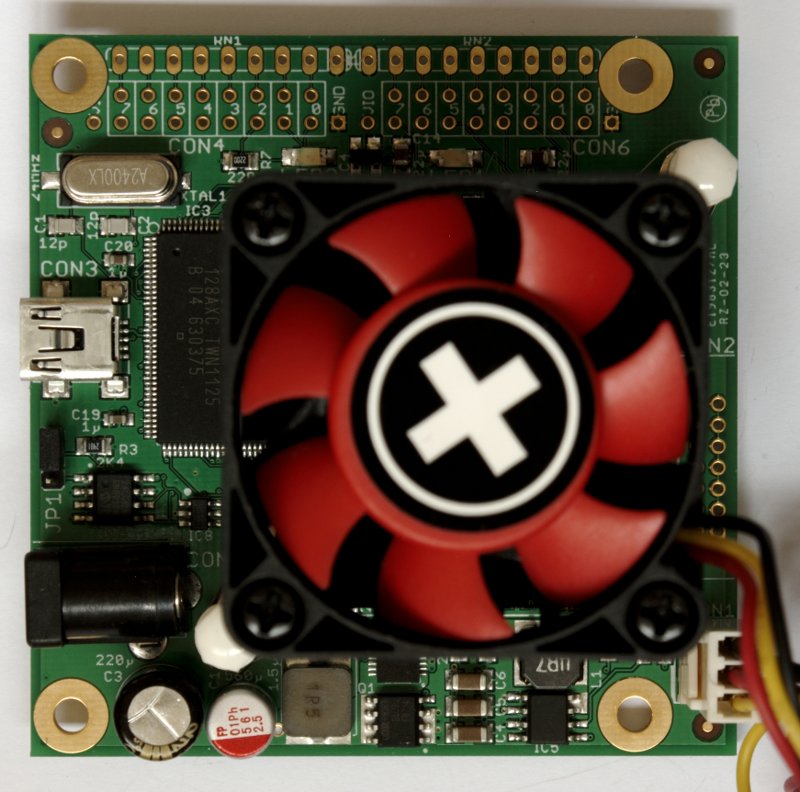Mining
![]() This page is a stub. Help by expanding it.
This page is a stub. Help by expanding it.

Introduction
Transaction recording, or mining, is the process of adding transaction records to Bitcoin's public ledger or journal. The ledger serves to confirm those transactions to the rest of the network as having taken place. Through the public ledger, Bitcoin nodes can distinguish legitimate Bitcoins from attempts to respend coins that have already been spent elsewhere.
Transaction recording is intentionally designed to be resource-intensive and difficult. The difficulty allows network nodes to determine which transactions took the most collective effort to acknowledge on the network, and hence, the version of the transaction ledger as seen by the majority of the network. It also provides a quick and simple way to distinguish between conflicting versions of the ledger, which may occur from time to time due to differences in perspective from different nodes. In case of conflict, the version that was the most difficult to create is deemed to be the version as witnessed by the majority of the nodes, and becomes the chosen outcome accepted by the entire network.
Anyone can add records to Bitcoin's public ledger, it is just not easy. In order to add a page of transaction records to the public journal (also referred to as adding a block to the block chain, one must compute the answer to a difficult mathematical problem and include the correct answer into the block. The answer for each block is different, and depends on all of the transactions that have been included in the block.
The person who successfully records a page is able to collect the transaction fees that are offered in each of the transactions he or she successfully recorded.
As an economic incentive to build the peer-to-peer infrastructure for recording transactions in the absence of fee-paying transaction volume, Bitcoin was designed such that a reward of newly minted Bitcoins would be distributed to each participant who successfully records a page (block) into the public transaction journal. The reward per page diminishes over time so that the limit of 21 million Bitcoins can take effect, with the expectation that transaction volume will increase and that the efforts of transaction recorders can transition from receiving rewards of new Bitcoins to receiving transaction fees.
Transaction recording is also commonly called mining because it resembles gold mining in the sense that it requires exertion and slowly yields new currency.
History
Bitcoin's public journal was started on January 3rd, 2009 at 18:15 UTC presumably by Satoshi Nakamoto. This page (block) is known as the genesis block. The first transaction recorded on the first page (block) was a single transaction paying the reward of 50 new Bitcoins to its creator.
Bitcoin mining is so called because the rate at which bitcoins are generated resembles the rate at which commodities like gold are mined from the ground. See Controlled Currency Supply.
Difficulty
The Computationally-Difficult Problem
Mining a block is difficult because the SHA-256 hash of a block's header must be lower than or equal to the target in order for the block to be accepted by the network. This problem can be simplified for explanation purposes: The hash of a block must start with a certain number of zeros. The probability of calculating a hash that starts with many zeros is very low, therefore many attempts must be made. In order to generate a new hash each round, a nonce is incremented.
The Difficulty Metric
The difficulty is the measure of how difficult it is to find a new block compared to the easiest it can ever be. It is recalculated every 2016 blocks to a value such that the previous 2016 blocks would have been generated in exactly two weeks had everyone been mining at this difficulty. This will yield, on average, one block every ten minutes. As more miners join, the rate of block creation will go up. As the rate of block generation goes up, the difficulty rises to compensate which will push the rate of block creation back down. Any blocks released by malicious miners that do not meet the required difficulty target will simply be rejected by everyone on the network and thus will be worthless.
Reward
When a block is discovered, the discoverer may award themselves a certain number of bitcoins, which is agreed-upon by everyone in the network. Currently this bounty is 50 bitcoins; this value will halve every 210,000 blocks. See Controlled Currency Supply.
Additionally, the miner is awarded the fees paid by users sending transactions. The fee is an incentive for the miner to include the transaction in their block. In the future, as the number of new bitcoins miners are allowed to create in each block dwindles, the fees will make up a much more important percentage of mining income.
Making a Profit
Hardware

Users have used various types of hardware over time to mine blocks. Hardware specifications and performance statistics are detailed on the Mining Hardware Comparison page.
CPU Mining
GPU Mining
GPU Mining is drastically faster and more efficient than CPU mining. See the main article: Why a GPU mines faster than a CPU. A variety of popular mining rigs have been documented.
FPGA Mining
Mining in the Future
Pools
As mining a block became more and more difficult, individuals found that they were working for months without finding a block and receiving any reward for their mining efforts. Thus they started organizing themselves into pools so that they could share rewards more evenly. See Pooled mining and Comparison of mining pools.